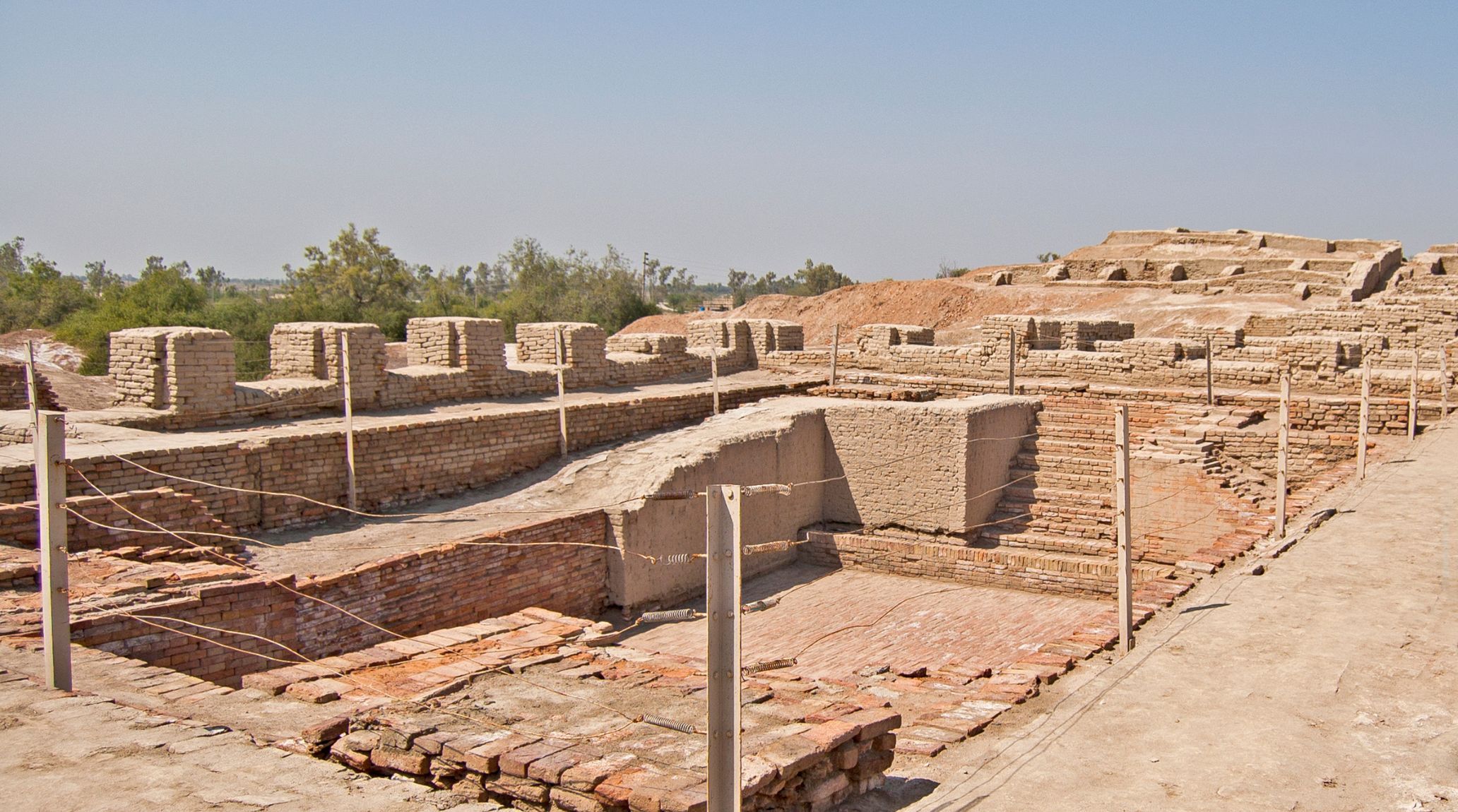
“
The Great Bath of Mohenjo-Daro stands as a testament to the advanced engineering and cultural practices of the Indus Valley Civilization. In this article, we delve into 20 fascinating facts about the Great Bath of Mohenjo-Daro, exploring its architectural significance, historical context, and the mysteries that continue to intrigue historians and archaeologists alike.1
1
”
The Great Bath at Mohenjo-daro, Pakistan, is an ancient structure from the Indus civilization, dating back to the 3rd millennium BCE. This archaeological site features the ruins of a grand bathing facility, which is thought to have been used for ritual purification.1
The remains of the Great Bath are among the most renowned ancient structures from the Indus Valley civilization in Mohenjo-Daro, Pakistan. Archaeologists date the structure to nearly 5,000 years ago, and it is widely considered the earliest public pool.2

The Great Bath is undoubtedly the earliest known public water tank in the ancient world. Measuring about 12 meters by 7 meters with a depth of 2.4 meters, it features wide staircases on the north and south sides.
The Great Bath is part of the larger citadel complex, as revealed by excavations that led to its discovery in the 1920s.3
Small sockets at the edges of the stairs likely held wooden planks or treads. At the base of the stairs, a brick-edged ledge spans the width of the pool, allowing people to move along it without stepping directly into the water.4
The tank’s floor is sealed watertight with finely fitted bricks laid on edge and coated with gypsum plaster, while the side walls were constructed similarly. To enhance its waterproofing, a thick layer of bitumen was applied to the sides and beneath the floor.5

Brick colonnades were found along the eastern, northern, and southern edges of the tank. The surviving columns feature stepped edges, which may have supported wooden screens or window frames.
The complex is accessed via two large doors from the south, with additional entry points on the north and east. Along the eastern edge, a series of rooms includes one with a well, which may have provided water for filling the tank.6
Most scholars agree that this tank would have been used for special religious functions where water was used to purify and renew the well being of the bathers.7
Adjacent to the bath, a large building with multiple rooms, verandahs, and staircases leading to the roof and top floor is thought to have housed the priests. This residence likely accommodated rituals conducted at the Great Bath.8
The Great Bath became one of the first UNESCO World Heritage Sites in South Asia and remains relatively well preserved since its discovery in 1926. Mohenjo-Daro was abandoned around 1900 BCE, during the rapid decline of the Indus Valley civilization.9
Despite being over 4,500 years old, the Great Bath remains relatively well-preserved due to its advanced construction techniques. The use of fitted bricks, gypsum plaster, and a thick layer of bitumen has helped protect it from significant deterioration. 10
The Indus Valley Civilization, known for its advanced urban planning and engineering, built the Great Bath with remarkable precision and innovation. This structure exemplifies their expertise in creating complex public amenities.11
Mohenjo-Daro, including the Great Bath, was abandoned around 1900 BCE, coinciding with the decline of the Indus Valley Civilization, and the exact reasons for this decline remain a subject of ongoing research and debate.12
The presence of such a facility indicates a well-organized society with complex social and religious institutions, including the role of priests or overseers.13
As one of the best-preserved structures from the Indus Valley Civilization, the Great Bath continues to be a key site for archaeological study and conservation efforts.14
The Great Bath of Mohenjo-Daro remains one of the earliest known examples of a large-scale public water facility in the pre-modern world. 15
Its construction predates other ancient public baths, such as those in the Roman Empire, by over a millennium.16
The discovery of the Great Bath has significantly enriched our understanding of the urban and ritual practices of the Indus Valley Civilization. 17
The bath’s sophisticated design and construction techniques provide insights into the civilization' hygiene.18


